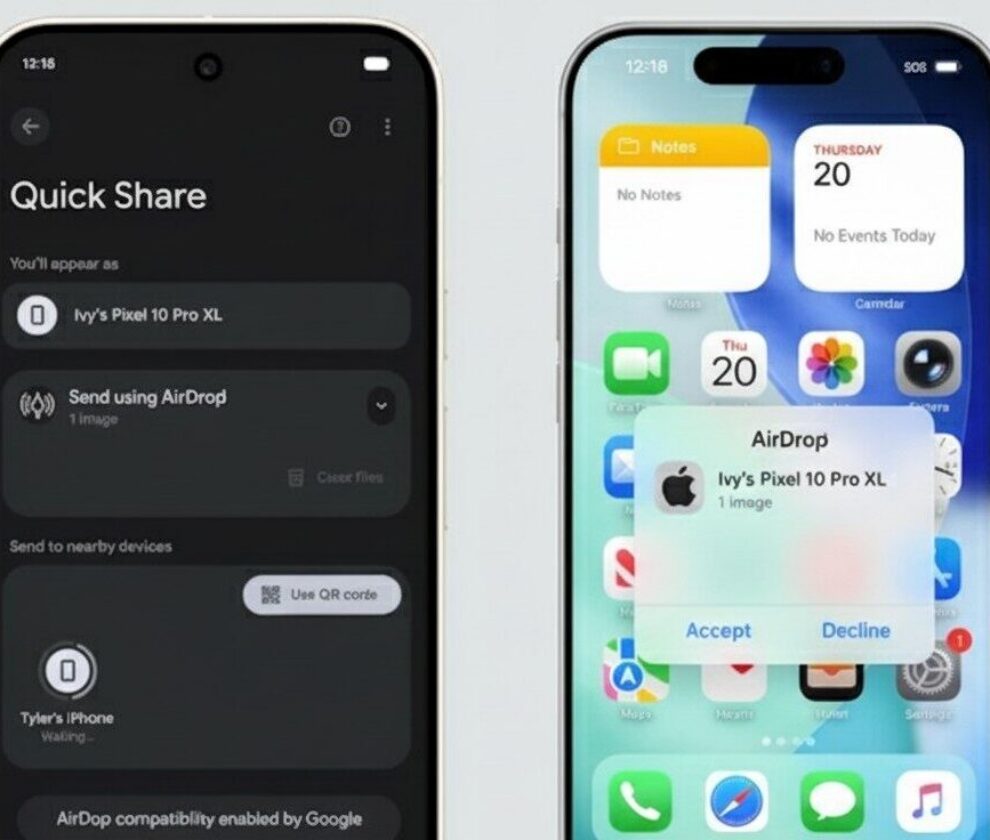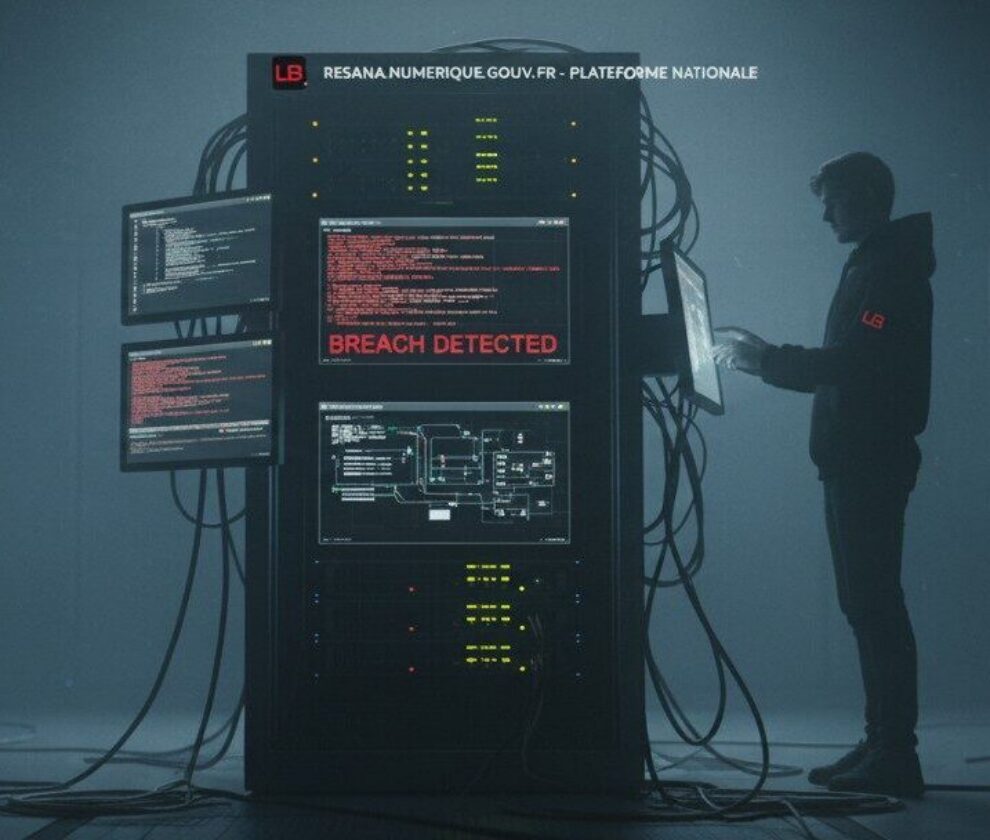Introduction
In today’s digital landscape, where sensitive data fuels the operations of countless businesses, web application security has become more significant than ever. As technology advances towards 2025, ensuring comprehensive security measures—from design to maintenance—has become an integral necessity. This comprehensive guide will provide actionable strategies to fortify your web applications while maintaining speed and development agility.
What is Web Application Security in 2025?
Web application security focuses on safeguarding both server-side and client-side applications by embedding security protocols throughout each stage of the application lifecycle: design, development, and operations. With modern advancements such as cloud technologies and API integration, a continuous security strategy is no longer optional—it is essential.
Key Areas to Note:
- Design: Prioritize data flow mapping, security-first designs, and predicted troubleshooting techniques to surpass common challenges.
- Development: Implement tools like Static Application Security Testing (SAST) and Dynamic Application Security Testing (DAST), aligning with frameworks such as OWASP Secure Coding Practices.
- Operations: Enforce robust patch management, vigilant monitoring, incident responsiveness, and comprehensive access governance.
Common Threats to Web Applications’ Attack Surfaces
Every web application introduces several access points that malicious actors look to exploit. Numerous vulnerabilities co-existing in various layers can amplify potential risks. Here’s a breakdown:
1. Input Validation
Insufficient input validation creates opportunities for injection vulnerabilities like SQL Injection or Cross-Site Scripting (XSS) attacks, enabling attackers to manipulate systems.
2. Secure Authentication
Poor password handling, session management flaws, or reliance on weak authentication mechanisms heighten the risk of unauthorized access and privilege escalation.
3. API and Data Exchanges
APIs, when lacking strong access checks, can leak sensitive data or enable attackers to manipulate logic for malicious aims.
4. Outdated Dependencies and Configurations
Using outdated libraries, frameworks, or improperly configured servers presents unattended entry points, significantly jeopardizing your application’s security posture.
Best Practices for Securing Web Applications
Proactively fortifying your application with these strategies will mitigate risks while ensuring reliability:
- Encode outputs to prevent injection-based vulnerabilities like XSS.
- Adopt OWASP Top 10 as an early-phase risk model to guide development.
- Ensure encryption with TLS for data in transit.
- Regularly audit open-source libraries and apply timely patches.
- Implement multifactor authentication (MFA) to enhance access layers.
- Perform ongoing penetration tests and vulnerability scans for evolving threats.
“The cost of mitigating vulnerabilities early during development is exponentially lower compared to addressing breaches post-deployment.” — INFOSEC Institute
Emerging Technologies Shaping Web Security
The rapid evolution of technologies has introduced groundbreaking tools boosting security measures:
AI-Driven Security
Artificial intelligence leverages anomaly detection and predictive analytics to identify and neutralize advanced threats in real time.
Zero Trust Architecture
Adopt policies where no user or device—whether inside or outside the network—is ever trusted by default.
Cloud-Native Solutions
Utilize cloud-integrated platforms that deliver native security solutions tailored to modern, scalable applications.
Staying Compliant with Regulations
Stiff penalties and reputational damages make compliance with global digital security standards non-negotiable:
- GDPR: Enforce strong data protection measures for user information.
- HIPAA: Secure healthcare data using encrypted communication channels.
- PCI DSS: Safeguard payment card data with rigorous security guidelines.
Conclusion
Web application security in 2025 isn’t just a necessity—it’s foundational to maintaining trust and efficiency in today’s digital-first economy. By incorporating rigorous security practices from the design phase through to ongoing operations, businesses can combat critical vulnerabilities with agility. With technologies like AI-driven security frameworks and emerging zero-trust models, companies are better equipped to thrive in the modern threat landscape.
Don’t compromise on security. If you’re ready to fortify your web applications, we are here to guide you with cutting-edge strategies and real-world expertise. Contact our team to elevate your security game today!


